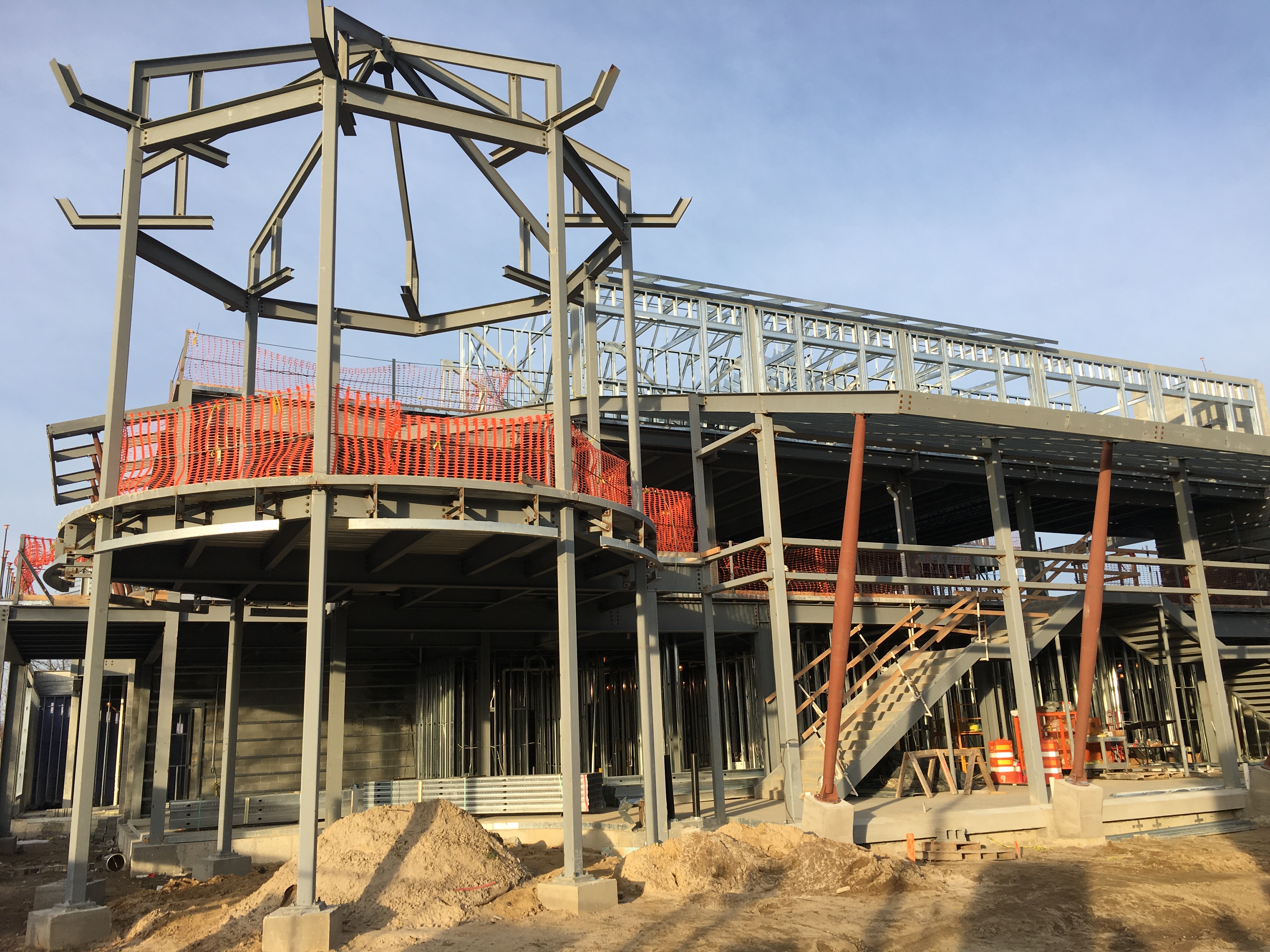Experience Rehoboth Beach
Frequently referred to as the “Nation’s Summer Capital,” Rehoboth Beach has historically been the get-away of choice for beach-goers from the Washington, D.C. area. Today, our beach town hosts visitors from all over the country – indeed, from around the globe – and Rehoboth Beach has become a vibrant year-round community.
Downtown Rehoboth Beach came of age in the era of Victorian influences and has continued to evolve through the generations. Both Rehoboth’s residential and commercial areas, despite their growth and maturation, have retained the warm and friendly charm and ambiance that reflect Rehoboth Beach’s historic past.
1650-75
The earliest settlers in this area were Native Americans who traveled to the beach in summer months to enjoy the cool breezes and abundant seafood.
Between 1650 and 1675, English and Dutch settlers put down roots here as the area became home to farmers and members of William Penn’s earliest legislatures. Later, settlers participated in the American Revolutionary War.
1872
According to information from the Rehoboth Beach Historical Society and Museum, Rev. Robert W. Todd of St. Paul’s Methodist Episcopal Church in Wilmington visited a religious camp meeting on the Jersey Shore in 1872. He soon pursued the idea of starting a camp on the Delaware coast.
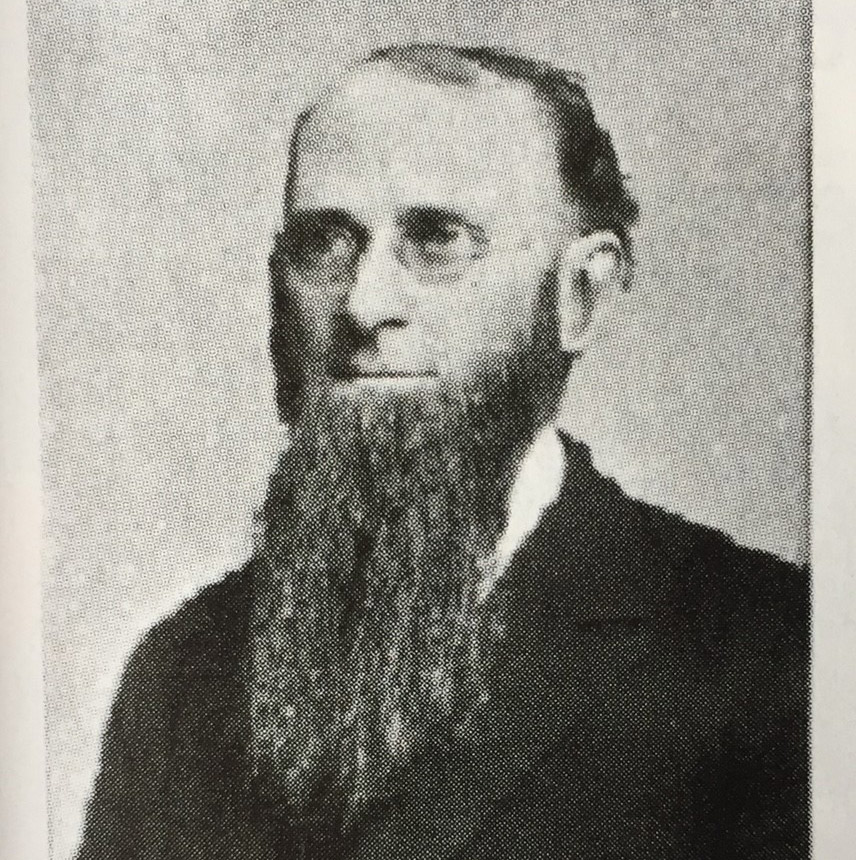
1873
On 414 acres purchased from local farmers, the Rehoboth Camp Meeting Association was formed. The grounds were laid out in a fan-shaped design with wide streets, parks, and specific building lots. This design remains largely intact today.
1873
The boardwalk, now a mile long, was originally built in 1873 on high ground between the beach and Surf Avenue, which ran the full length of the oceanfront. Many storms have changed the boardwalk’s configuration over the years.
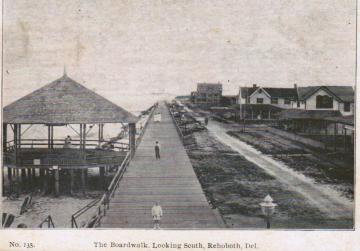
1878
The Junction and Breakwater Railroad running between Lewes and Rehoboth was established. Passenger service ceased in 1928.
1879
The original Henlopen Hotel was built on the site now occupied by a hotel of the same name.
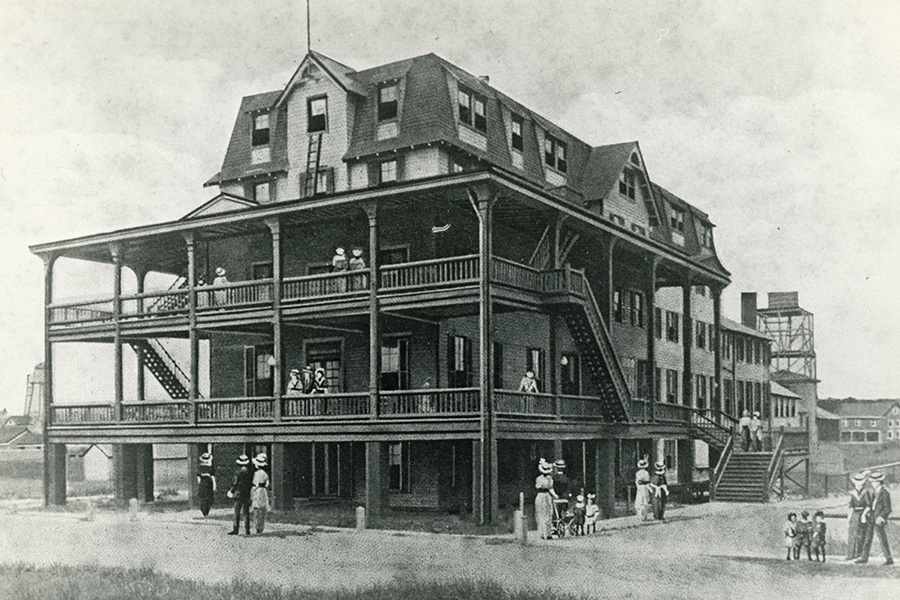
1881
While the Camp Meeting Association discontinued its formal meetings by 1881, other groups utilized the site for services until around the turn of the 20th century.
1891
Delaware’s General Assembly established the territory as a municipality, naming it Henlopen City. It was renamed Rehoboth Beach in 1893. Rehoboth is an Old Testament Hebrew word meaning “broad spaces.”
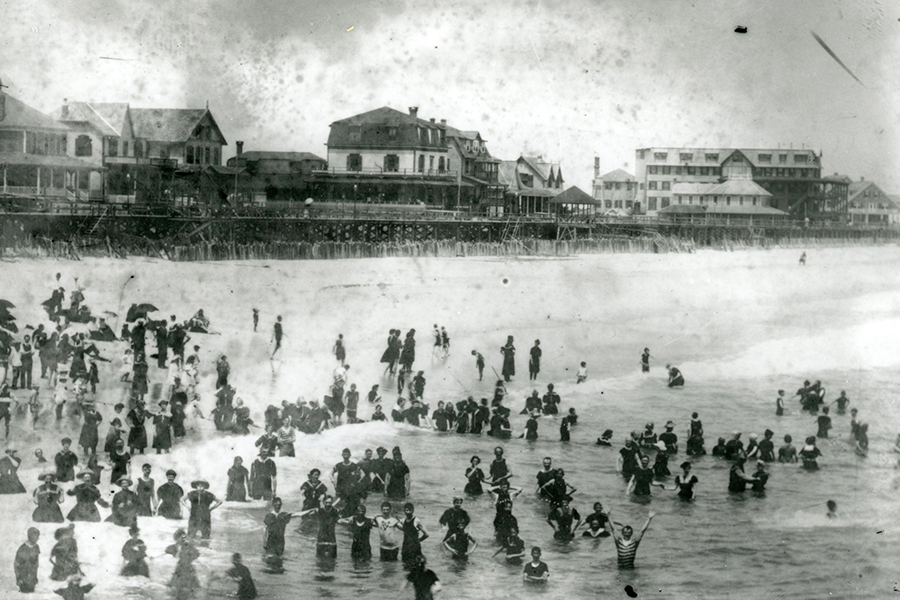
1903
The city’s first mayor was elected.
1914
A storm destroyed the boardwalk, pier, and pavilions. Surf Avenue was washed out.
1921
The Rehoboth Beach Patrol was established.
1925
A paved highway was completed from Georgetown to Rehoboth Beach. It helped link the resort with paved roads connecting to Washington, D.C., and many legislators, diplomats, and government employees began to visit and vacation here. It wasn’t long before Rehoboth Beach came to be known as the “Nation’s Summer Capital.”
1937
Rehoboth’s first city manager was employed.
1939
The Rehoboth Beach Sports Center, now known as Funland, opened.
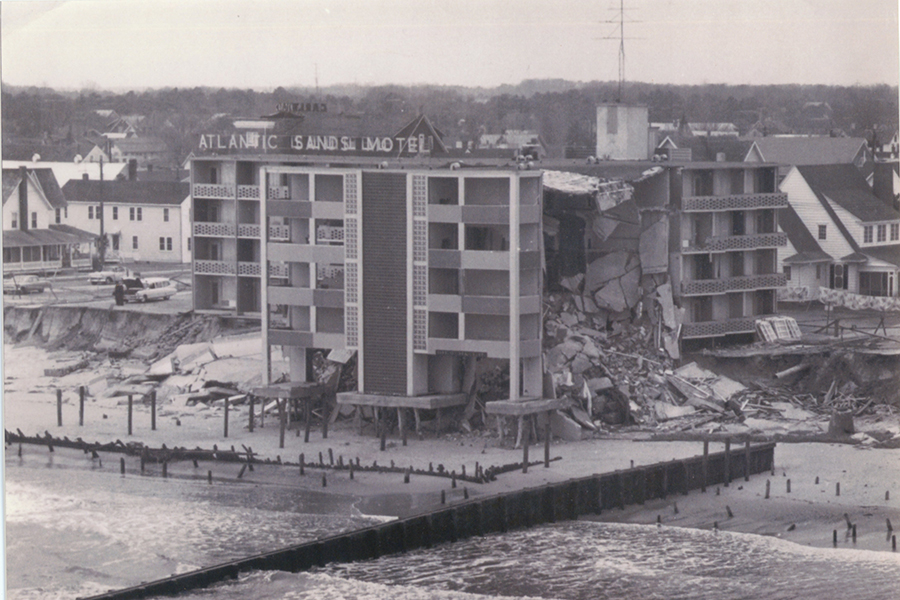
1962
A severe coastal storm destroyed the boardwalk and many beachfront properties.
1991
CAMP Rehoboth was founded by Murray Archibald, Steve Elkins, and an organizing team of volunteers led by Jim Bahr. The acronym CAMP preceding the name Rehoboth stood for Create A More Positive, meaning creating a more upbeat, welcoming, and inclusive Rehoboth Beach.
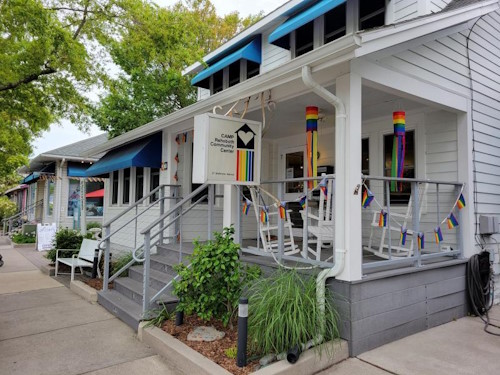
1992
The boardwalk was again substantially destroyed by a January nor’easter. And again, it was rebuilt in time for the summer season.
2017
The current City Hall complex opened in September following two years of construction.
